Convert Windows XP to a virtual machine with VirtualXP
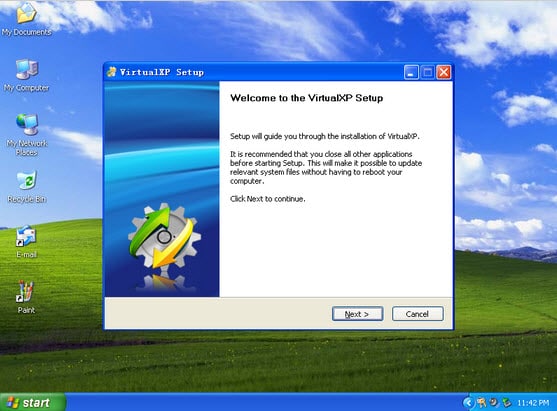
Microsoft abandoned Windows XP some months ago and while some users moved on to other operating systems, others are still running windows XP.
The main issue here is that Microsoft won't release official security patches for the operating system anymore which leaves it vulnerable to exploits discovered after end of support.
There is a way to get security updates still, but those are not designed for XP but for POS systems that are still supported by Microsoft until 2019. While based on the same core, it is more of a last resort for users who cannot switch to another operating system.
Why are systems not upgraded?
On the company side of things, it is likely that applications designed for Windows XP are the core reason why systems are not switched. There may be other reasons, like an unwillingness to invest in new hardware or a decision making process that takes way to long.
End users on the other hand may not want to move away from a trusted system. Some may run XP on hardware that is not compatible with newer versions of Windows, while others may not want to buy a new Windows license for the upgrade.
VirtualXP
VirtualXP is a free for personal use software that can turn an existing Windows XP system into a virtual machine that you can run on a newer version of Windows afterwards.
It works by converting the operating system to a Microsoft virtual disk which you can run on all client and server versions of Windows starting with Windows 7 and Windows Server 2008.
The core idea behind this is the following: Instead of running an insecure version of Windows XP directly, it is run in a virtual environment on a protected system.
This reduces the impact that vulnerabilities can have thanks to that. Companies who require XP to run applications can do so this way.
Note: The program does not resolve issues for users who don't want to upgrade to a new version of Windows. It is therefore mostly useful in situations where backwards compatibility is required.
Here is how it works:
- Download VirtualXP from the Farstone website.
- Click on the get a free license for home use button to get a license sent to your email address.
- Start the program on a PC running Windows XP SP2 or SP3.
- Follow the instructions on the screen.
The program can convert all partitions of the system or only select ones depending on your requirements.
The free version of the program has another limitation. It cannot convert Windows 2003 Server systems as this is reserved for the standard version that is available for $29.95.







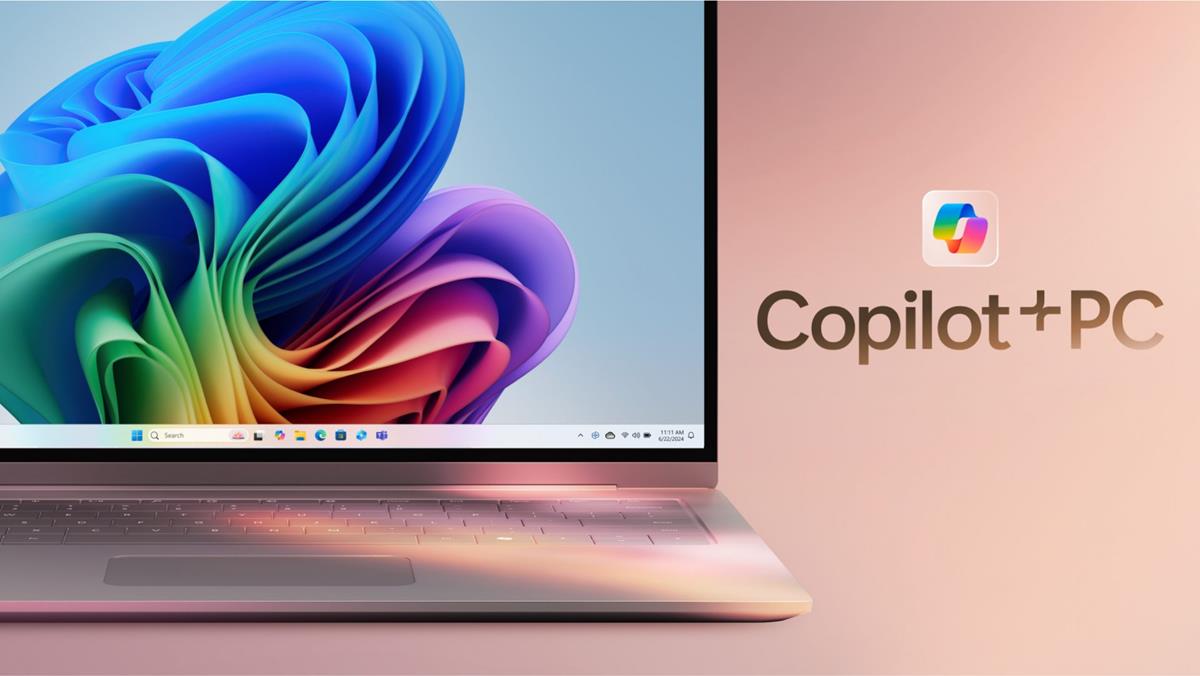
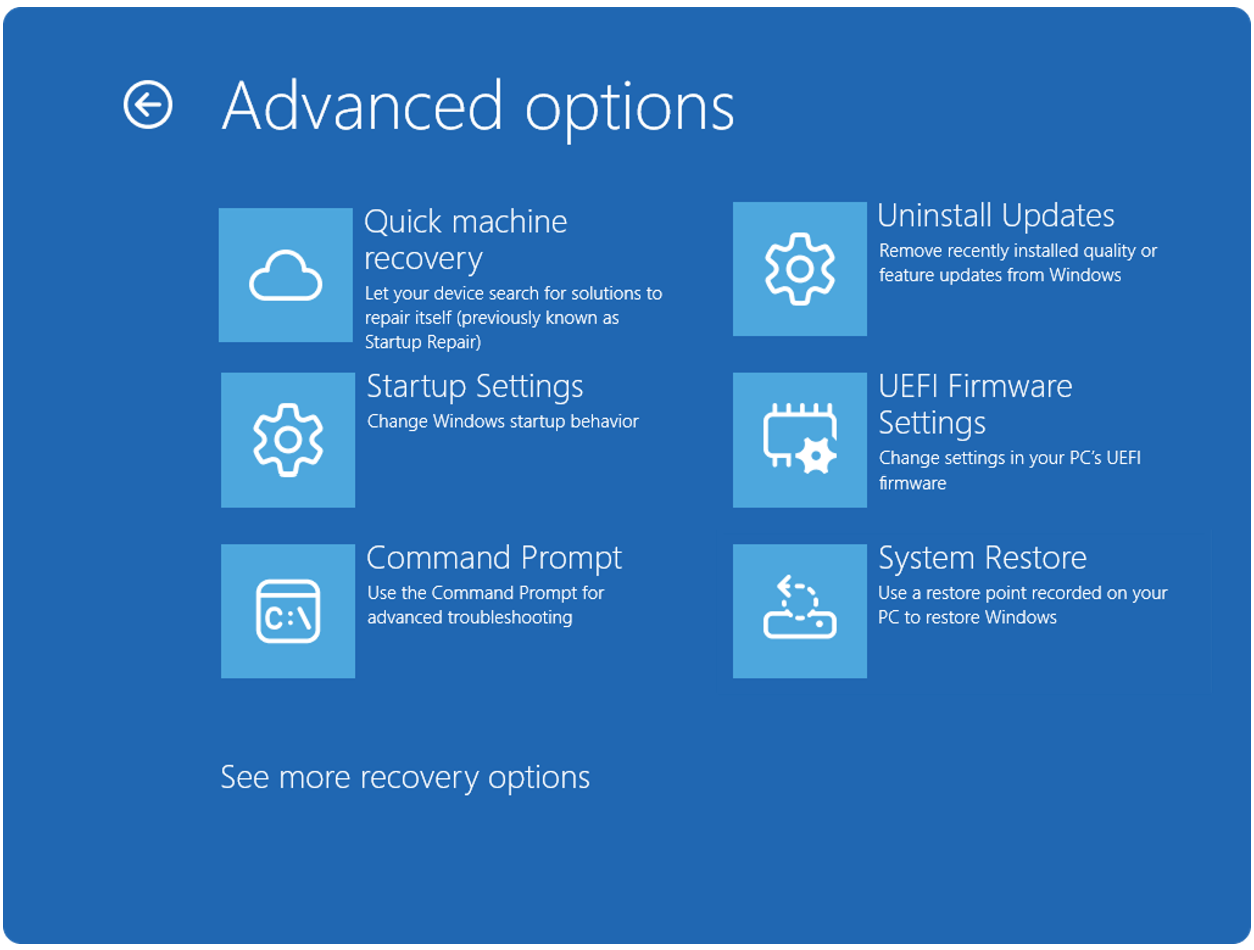



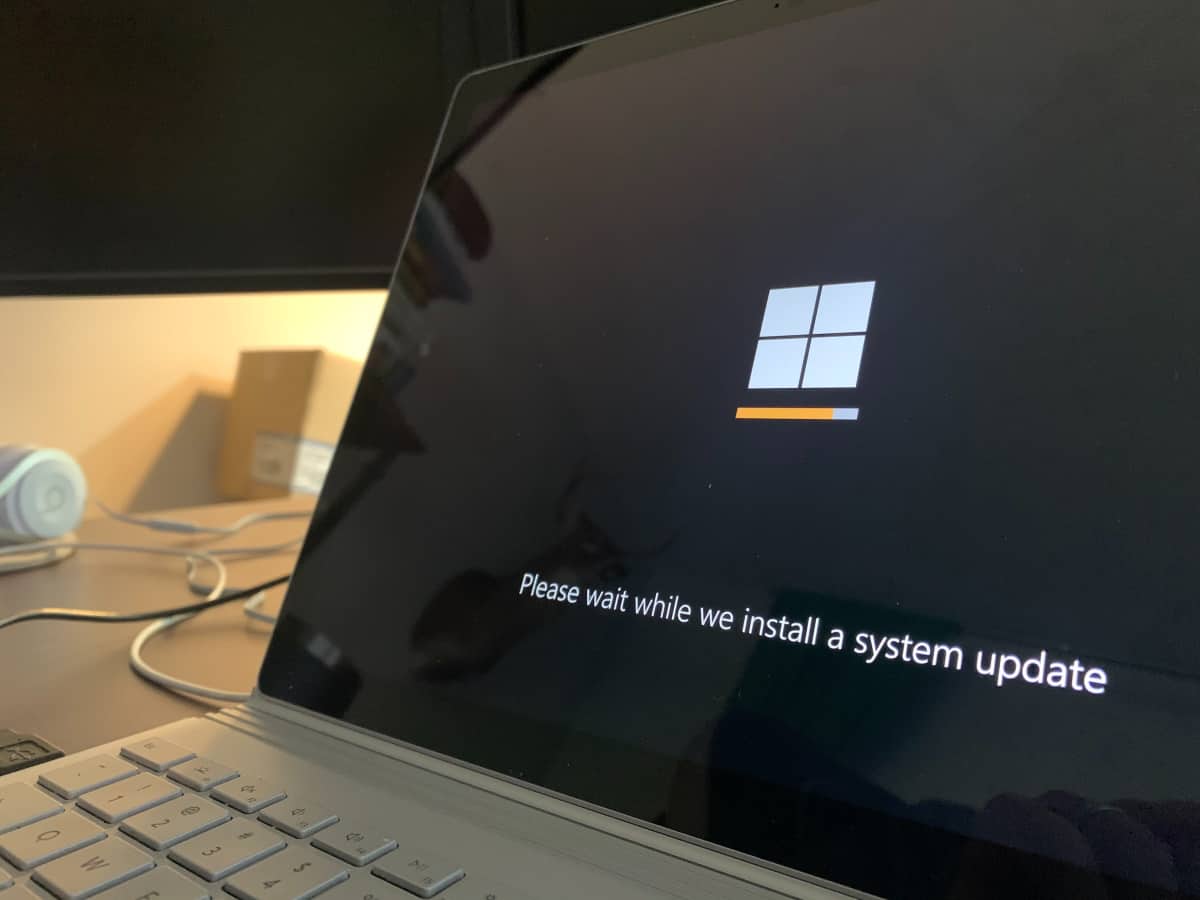






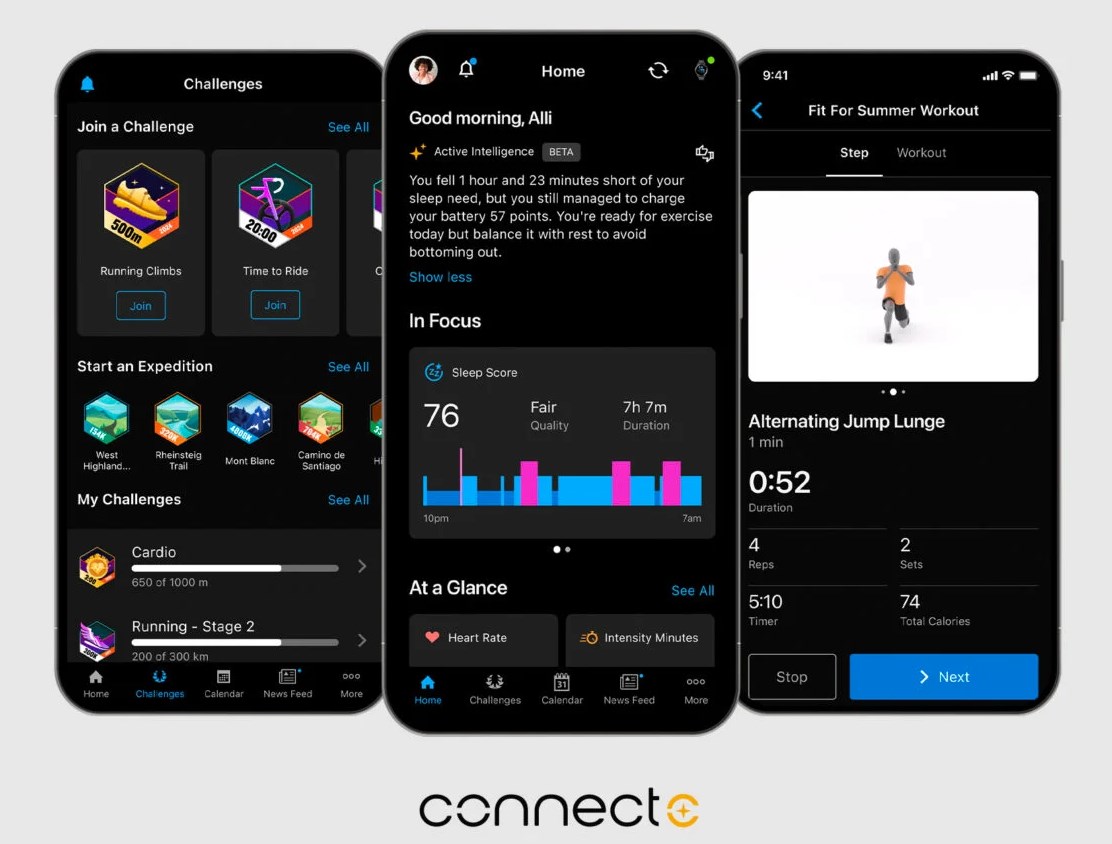
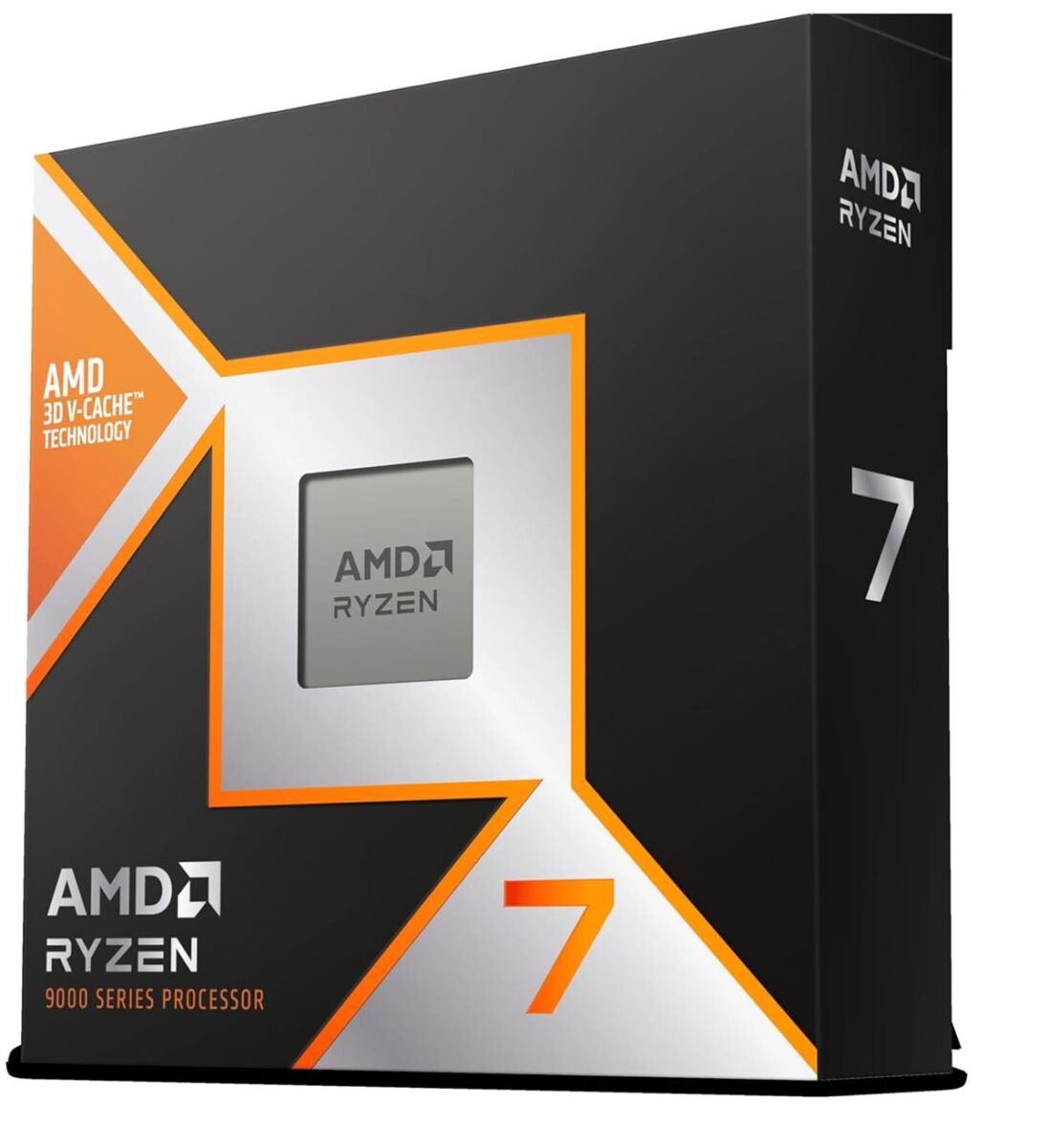
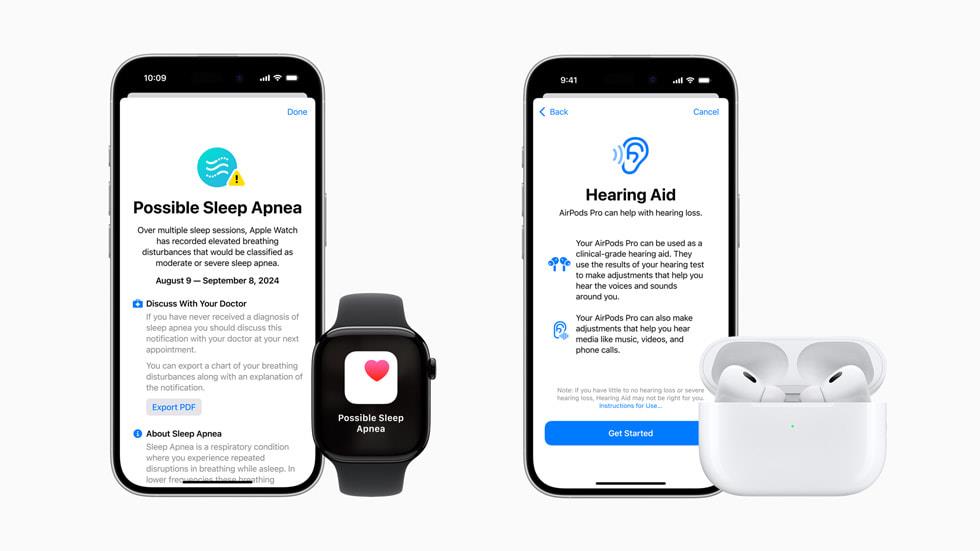

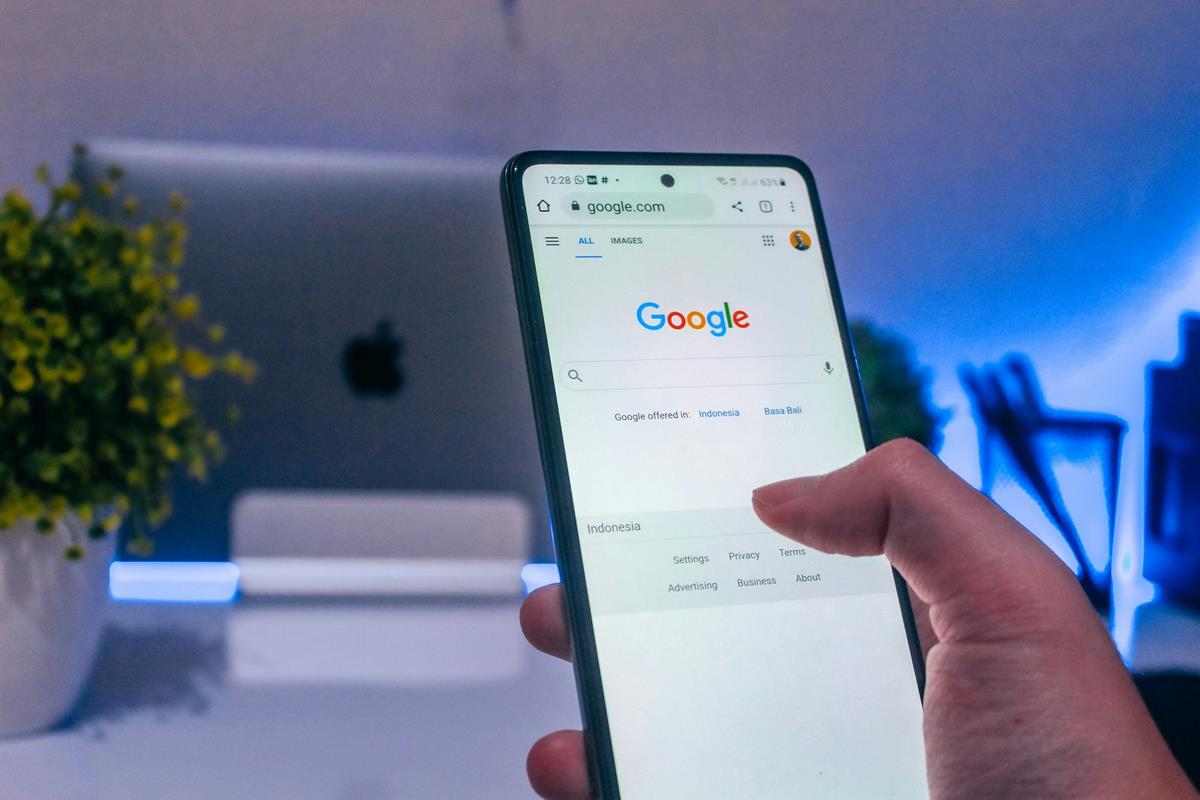

“Why should not it be legal? It converts partitions to VHD format. How you load those is up to you.”
Reply not working this morn…
MS does not permit the transfer of OEM license keys, when you make a VM from an existing machine it asks[sic] to register a new key. The choices then are: buy a new license, stare at a black screen or hit the high seas looking for plunder.
and if you dont have windows updates, someone in china or russia is going to hack your aunt bettys XP box and steal her identity. you MUST have windows update enabled or you might die. however, i have not for over 10 years and miraculously, i am still typing.
Don’t be foolish, you WON’T die. You WILL, however, be hacked, and people like you are why there still are botnets.
My dual boot Windows 7-64b & XP-32b does still get the odd update on the XP portion. Not as often as it once did before the official expiry date, but the once a week times I need to use it, there is always a, “malicious software removal”, update and “Windows Net core update”… when I log into the XP portion. I still use XP because of 3 specialty software that won’t run in Windows 7-64b that I still need to use. And their Windows 7 counter-parts are ridiculously expensive and I don’t like the upgraded GUI’s and am used to the version that I learned while in XP.
Was just inputting “Virtual XP Mode” != Virtual XP when your post appeared, Martin.
What I wanted to know more on is licensing. How does this mitigate the licensing pitfall of using VBox or VMWare and is it legal or gey-ish?
Why should not it be legal? It converts partitions to VHD format. How you load those is up to you.
Puzzled by the recommendation on this site to download Virtual XP from an obscure third party website. Virtual XP is freely available on the official Microsoft website. Just type “Virtual XP” into the search box at the top of the microsoft.com Home Page. This eliminates the “get a free license” step in the instructions above
Microsoft doesn’t have a Virtual XP, it has Virtual PC to run XP in XP Mode.
These are two different products aiming for the same results of running XP on a Windows 7+ OS.
With Microsoft you have to INSTALL XP on a Windows 7+, while with Farstone’s Virual XP you migrate existing working XP with OS and all applications to a virtual disk.
This is a different product.